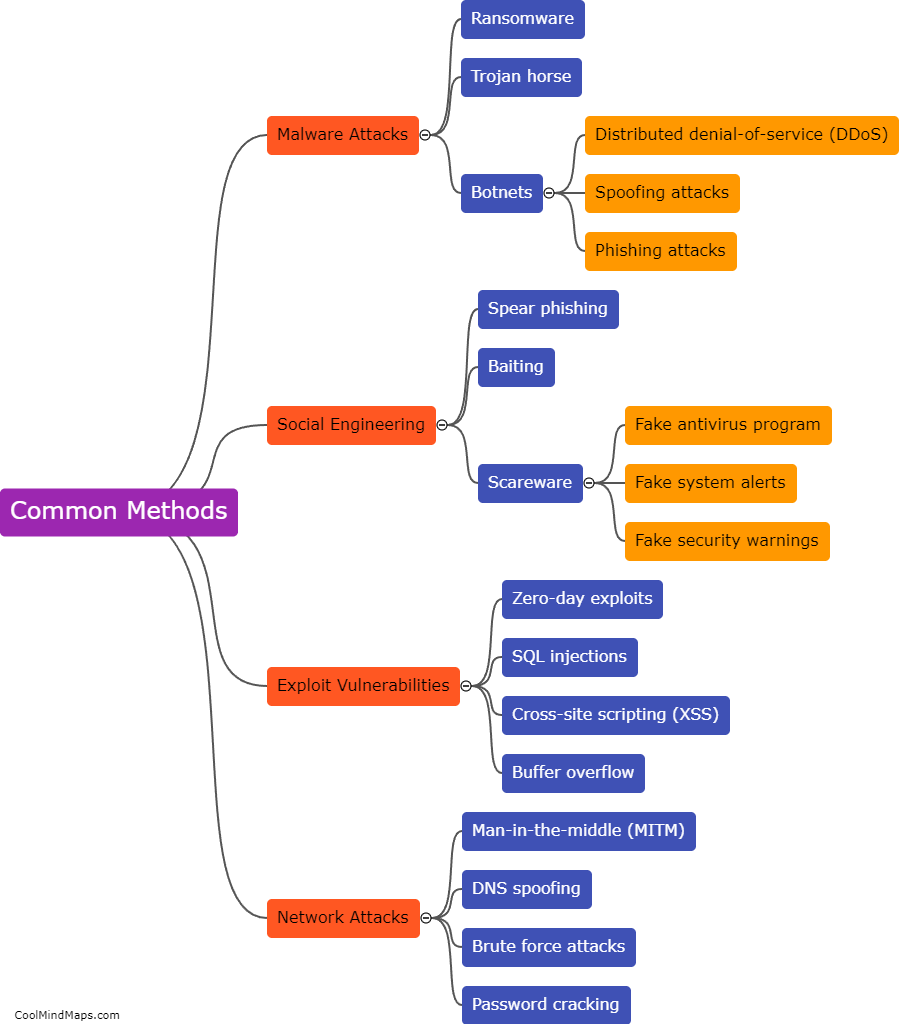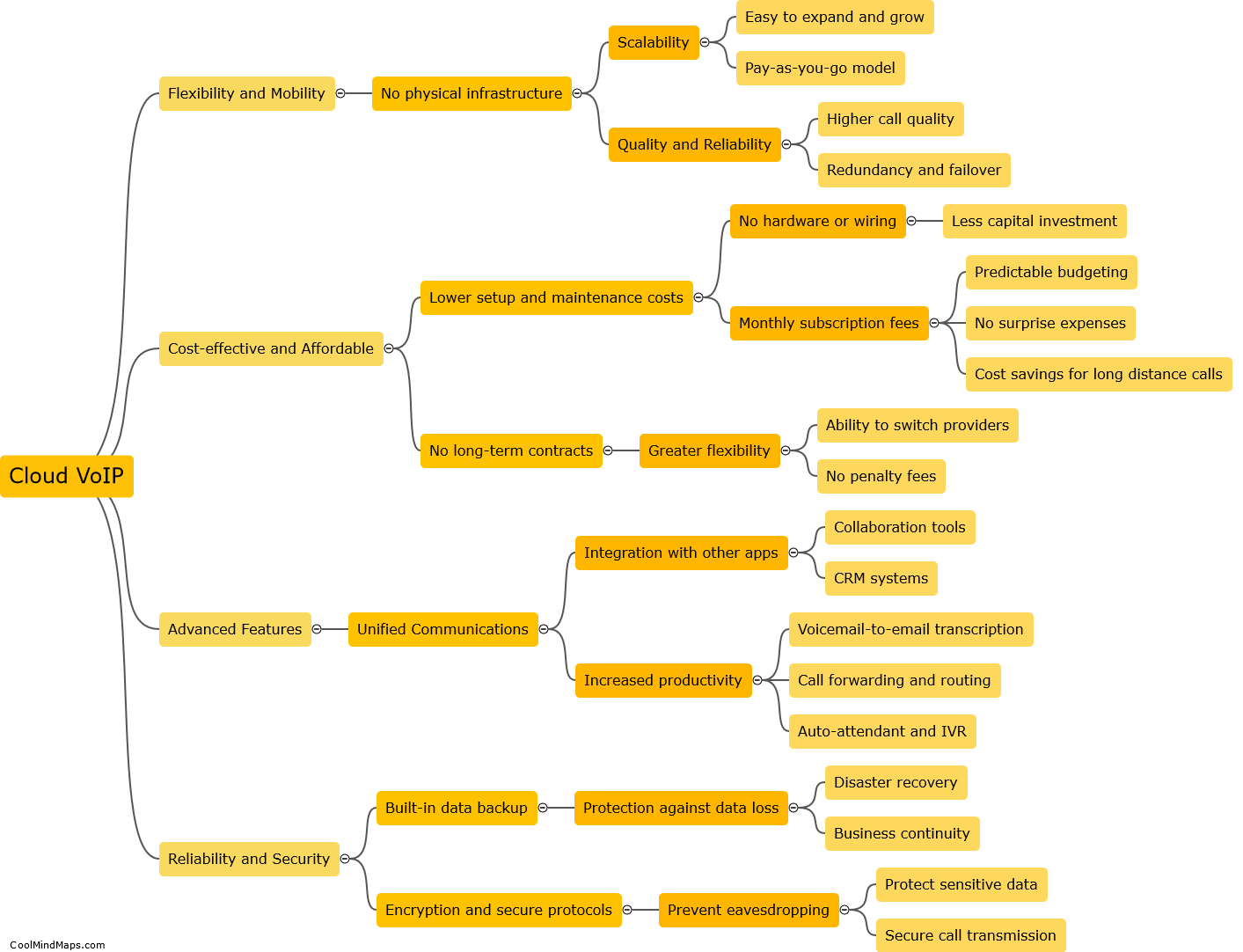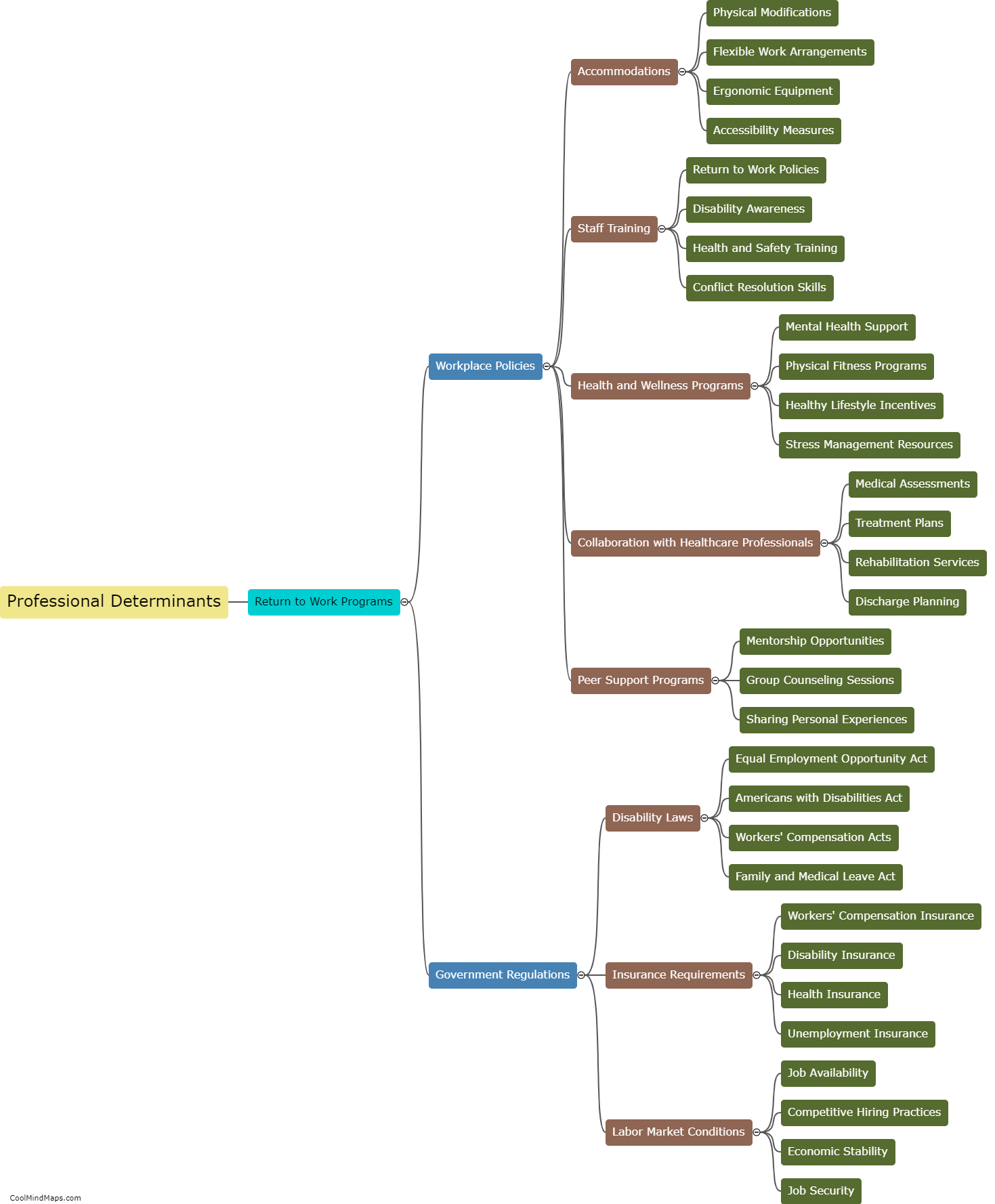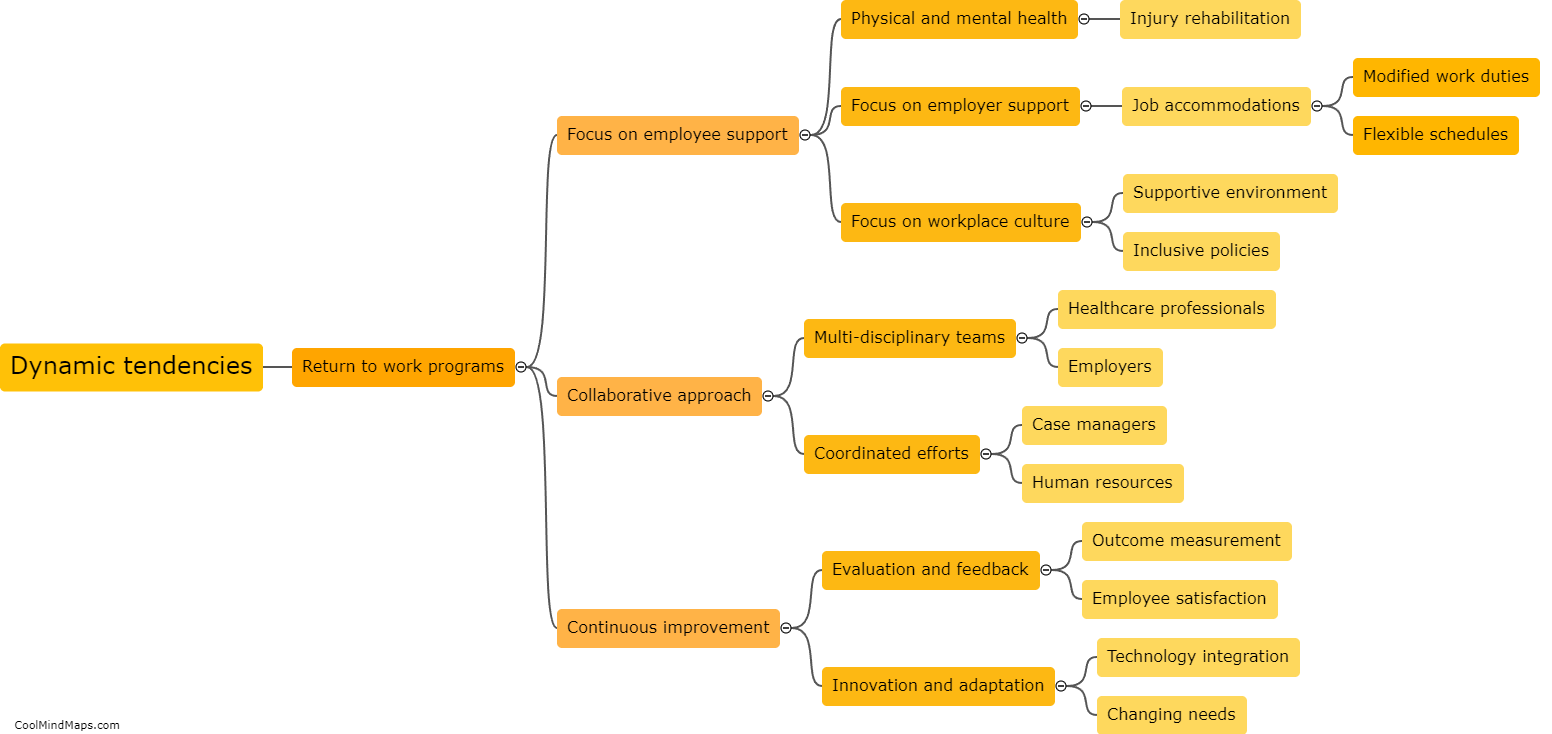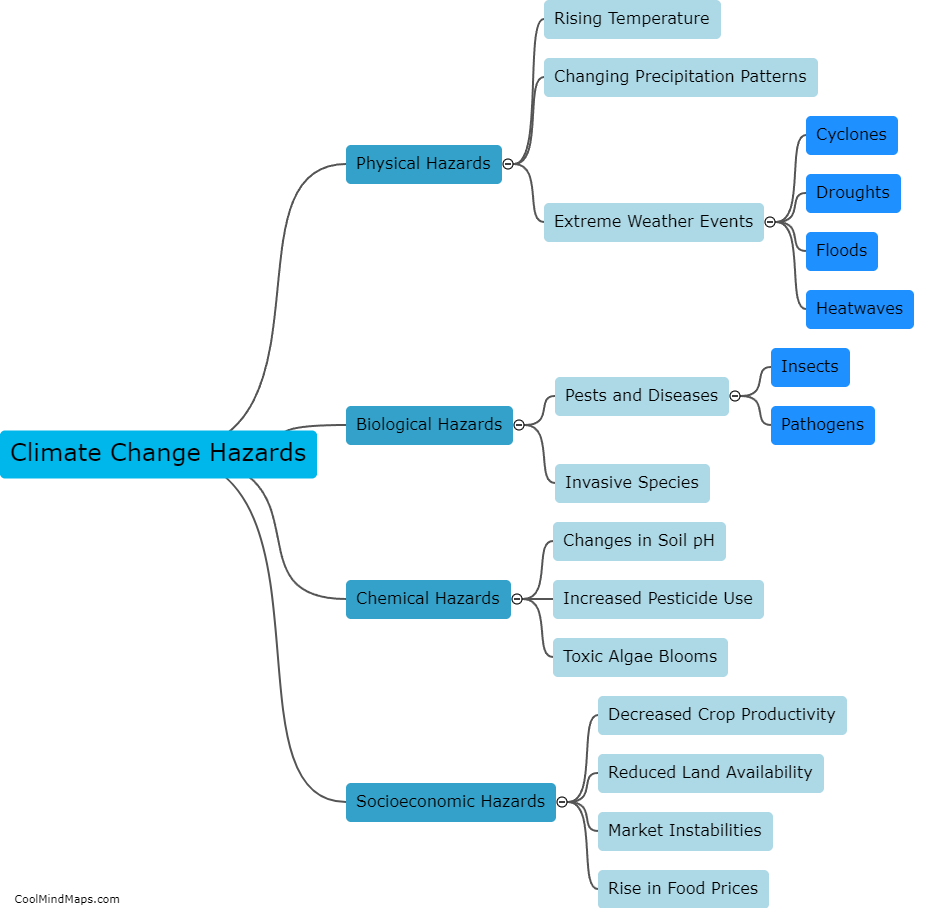What measures can be taken to mitigate climate change risks in agroecosystems?
To mitigate climate change risks in agroecosystems, several measures can be taken. First and foremost, sustainable agricultural practices should be adopted to reduce greenhouse gas emissions. This can include improved crop management techniques, such as precision agriculture, organic farming, and agroforestry. Additionally, promoting biodiversity in agroecosystems can help enhance resilience to climate change. This can be achieved through the conservation of native plant species, promoting pollinators, and adopting integrated pest management approaches. Furthermore, efficient water management practices, like drip irrigation and rainwater harvesting, can help cope with changing precipitation patterns. Lastly, investing in research and development to enhance climate-resilient crop varieties and promoting education and awareness about climate change adaptation strategies among farmers can also play a crucial role in mitigating climate change risks in agroecosystems.
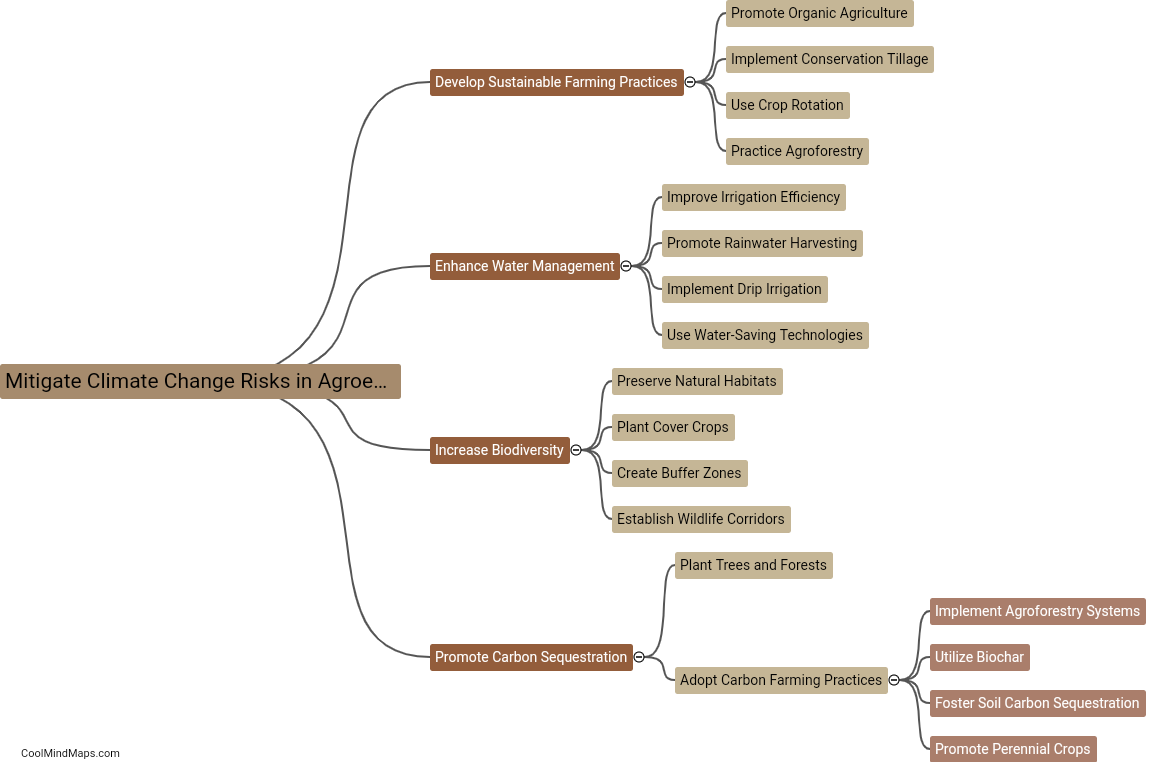
This mind map was published on 28 August 2023 and has been viewed 119 times.
